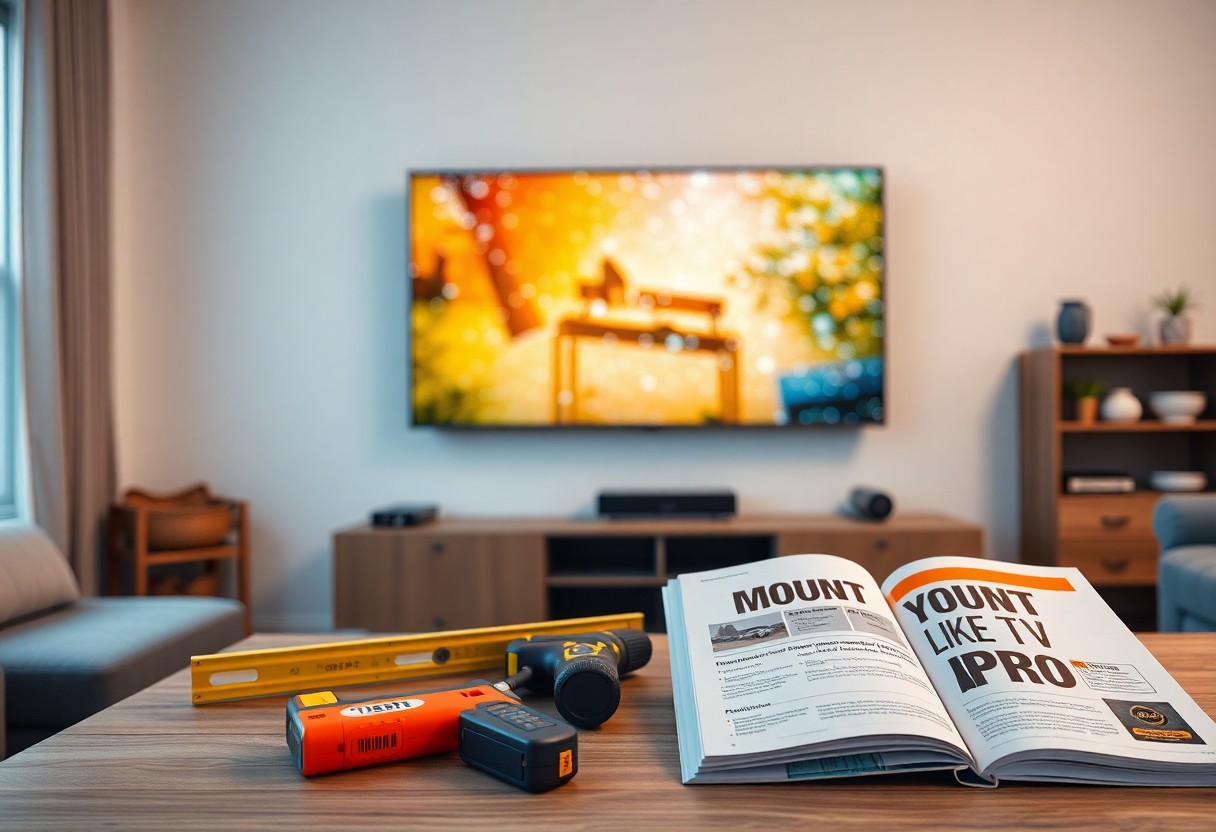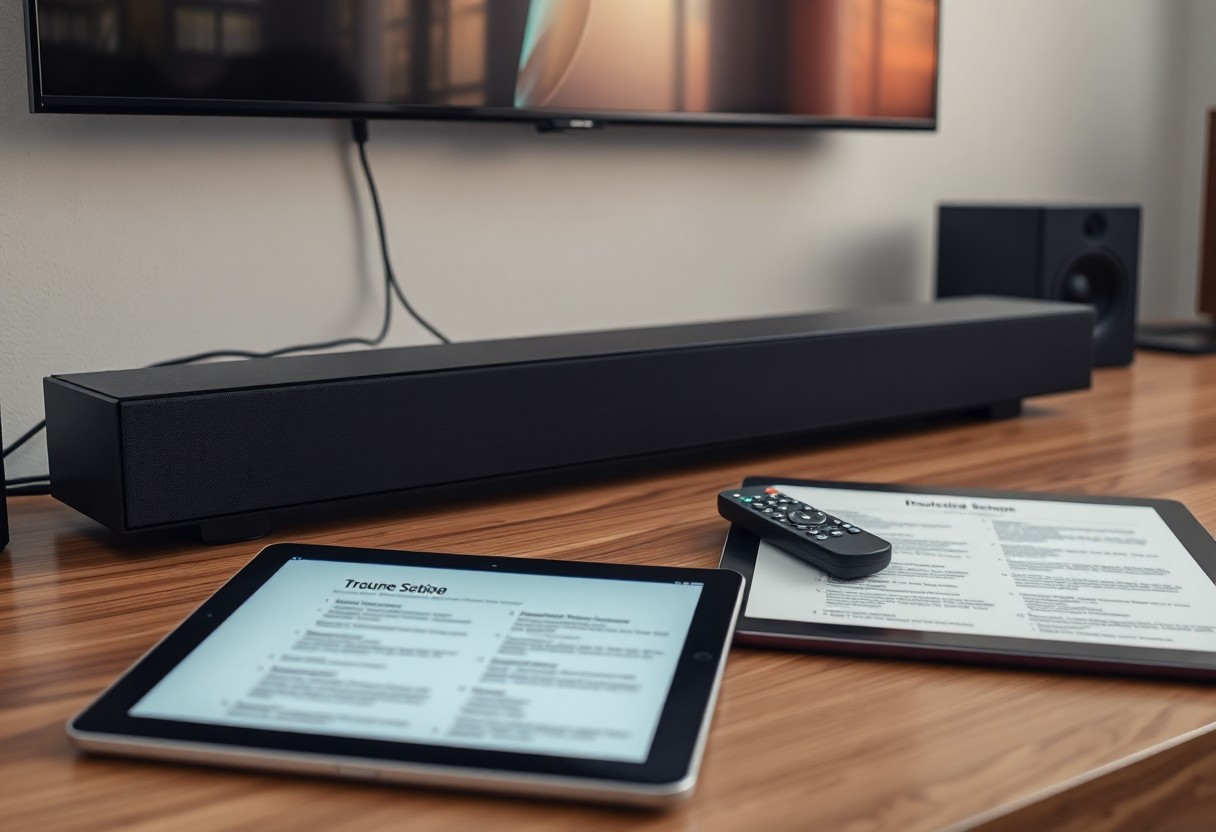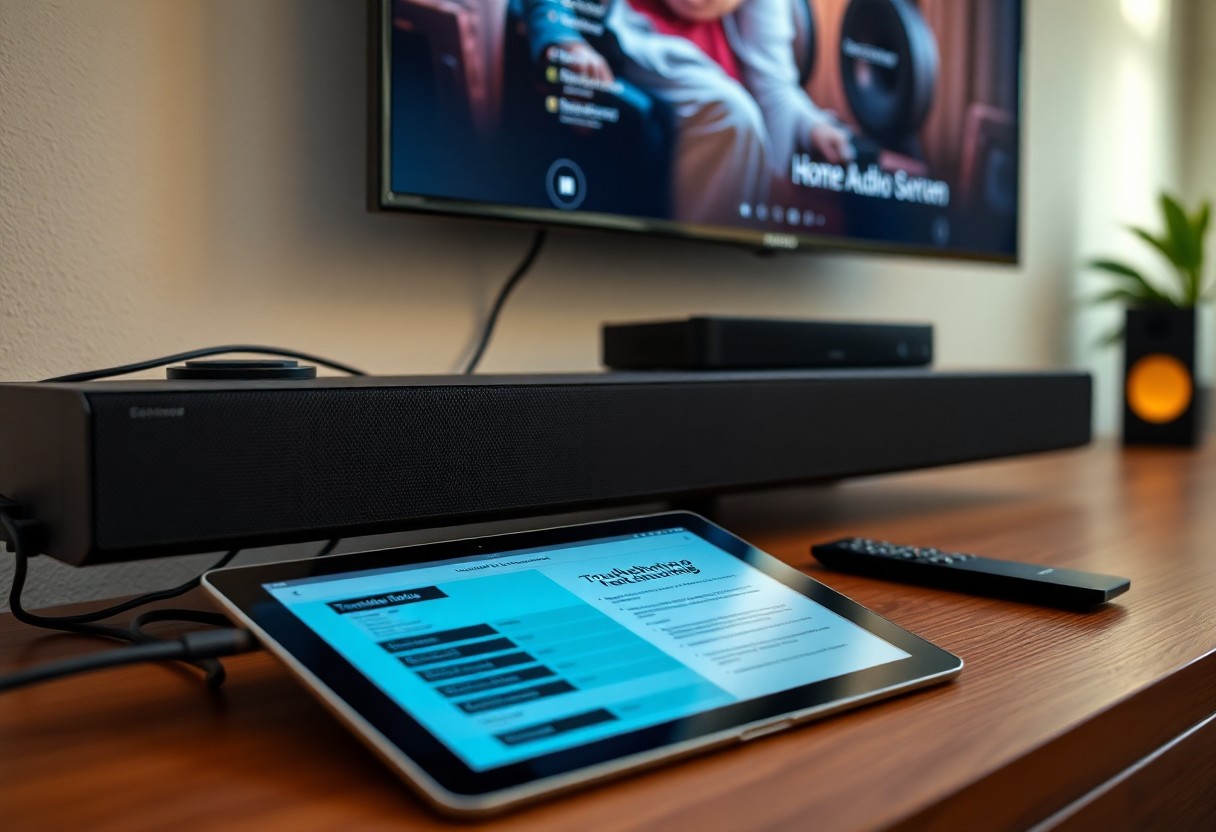There’s a lot to consider when choosing between 4K and 8K resolution for your television, especially with the rapid advancements in screen technology. In this blog post, you’ll learn about the key differences between these two popular resolutions, how they impact your viewing experience, and what factors really matter when it comes to making an informed decision for your next TV purchase. We’ll guide you through the vitals, ensuring that you understand how to make the most of your entertainment setup.
Understanding TV Resolution
While the world of television has evolved significantly over the years, one of the most important factors to consider when purchasing a new TV is resolution. As technology advances, understanding the differences between resolutions such as 4K and 8K will not only enhance your viewing experience but also help you make informed decisions that suit your personal preferences and needs.
Definition of Resolution
By definition, resolution refers to the number of pixels that compose the image displayed on your screen. It is typically expressed as width x height, with higher numbers indicating greater detail and clarity. When comparing resolutions like 4K and 8K, you will find that a higher resolution leads to a richer visual experience, making it vital to understand what each option means for your viewing habits.
The Evolution of TV Resolution
Around the turn of the millennium, standard-definition (SD) TVs set the stage for a transformative journey in display technology. The introduction of high-definition (HD) TVs reshaped how you experienced content, offering improved clarity and detail. Soon after, the 4K revolution emerged, boasting four times the pixel count of HD. Now, with 8K technology on the rise, the race for even greater visual fidelity continues, prompting many to evaluate the value of higher resolutions.
This evolution reflects not only advancements in technology but also your growing expectations as a viewer. From the humble beginnings of standard-definition screens to today’s 8K displays, each jump in resolution has significantly enhanced your viewing experience. As you navigate your choices, consider how these technological advancements align with your lifestyle, content preferences, and budget, so you can select the best resolution for your viewing needs.
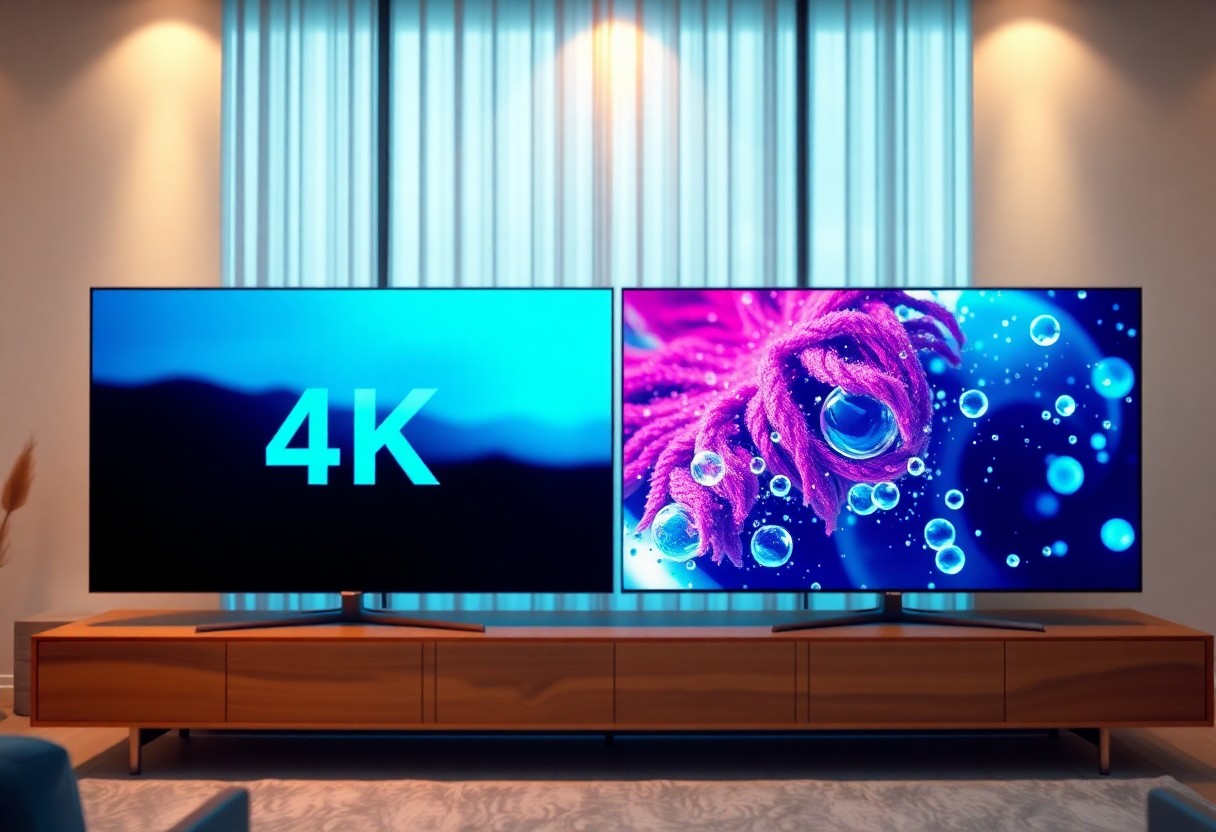
4K Television
If you’re considering a new TV, 4K resolution is a popular choice, offering four times the pixel density of standard HD. This enhanced clarity allows you to enjoy your favorite movies and shows in remarkable detail. For a deeper explore the differences between 4K and 8K, check out 4K vs 8K TVs: the Visual Differences Plus Pros and Cons.
Features and Benefits of 4K
Below are several features that make 4K televisions stand out. With resolutions of 3840 x 2160 pixels, 4K TVs offer a sharper and more detailed picture. They often include High Dynamic Range (HDR), which enhances color and contrast, providing a more immersive viewing experience. Additionally, many 4K TVs come with smart capabilities, allowing easy access to streaming services and apps.
Popular 4K Models and Technologies
Benefits of current 4K models include advanced technologies like OLED and QLED, which enhance picture quality with deeper blacks and vibrant colors. Smart features are also prevalent, enabling seamless integration with voice assistants and other devices for a connected home experience.
But as you explore the market, you’ll find a variety of popular 4K models from leading brands, each boasting unique features that cater to different viewing preferences. Brands like LG, Samsung, and Sony offer excellent options with their proprietary technologies, ensuring that you can find a 4K TV that perfectly meets your needs. Whether you prioritize gaming, cinematic experiences, or everyday viewing, there’s a 4K model tailored for you.
8K Television
Any avid viewer looking to elevate their home entertainment experience should consider 8K televisions. With a resolution of 7680×4320 pixels, these cutting-edge displays deliver four times the detail of 4K TVs. While content in true 8K is limited, the potential for an incredibly immersive viewing experience is undeniable, making it a worthy investment for the future of home cinema.
Features and Benefits of 8K
Features such as incredible clarity, vibrant colors, and superior upscaling capabilities set 8K televisions apart. You can enjoy an astonishing level of detail, even when viewing lower-resolution content, as advanced processors enhance everything you watch. Additionally, their enhanced HDR capabilities ensure that contrast and color accuracy are optimized, resulting in a more lifelike picture that captivates your senses.
Current 8K Models and Future Prospects
About the current landscape of 8K models, you will find several options from leading brands, featuring OLED and LCD technologies. These televisions provide an exceptional visual experience, with features like dynamic refresh rates, smart TV capabilities, and impressive sound systems. As more content becomes available, the outlook for 8K looks promising, paving the way for your future viewing joy.
Benefits of current 8K models include stunning picture quality and greater immersion while watching your favorite films and shows. With more networks and streaming services beginning to embrace 8K content creation, your investment in an 8K television is likely to pay off as the library of available content expands. Staying ahead of the curve in technology will enhance your overall viewing experience for years to come.
Differences Between 4K and 8K
For those looking to upgrade their home viewing experience, understanding the key differences between 4K and 8K resolutions is important. 4K offers a resolution of 3840 x 2160 pixels, which delivers stunning clarity and detail. In contrast, 8K boasts a staggering resolution of 7680 x 4320 pixels, providing an even more immersive experience. However, the benefits of 8K can be dependent on various factors, including the size of your screen and the distance from which you view it.
Visual Clarity and Detail
Among the primary distinctions is the visual clarity and detail each resolution offers. With 8K, you can anticipate extraordinarily sharp images and finer textures thanks to its four times the pixel count of 4K. This enhanced detail can significantly enhance your viewing experience, particularly on larger screens, where the increased resolution allows for a more lifelike presence. However, the noticeable difference may vary based on the content being played and your viewing distance.
Content Availability and Sources
Between 4K and 8K, content availability is another key factor. While 4K content is widely accessible through streaming services, Blu-ray, and gaming consoles, 8K content remains limited. As of now, you may find only selected films, nature documentaries, and some video games designed to take full advantage of 8K resolution. This difference can affect your viewing options and overall experience, especially if you are eager to utilize all that your 8K display has to offer.
Further exploring content availability, you should note that while 4K streaming is prevalent across platforms such as Netflix, Amazon Prime Video, and YouTube, 8K offerings are still emerging. Only a handful of services and brands have begun to produce or distribute 8K natively. As a result, if you invest in an 8K display, you may find yourself primarily watching upscaled 4K content for the foreseeable future. Therefore, it’s important to consider your viewing habits and the content you enjoy most when deciding between 4K and 8K resolutions.
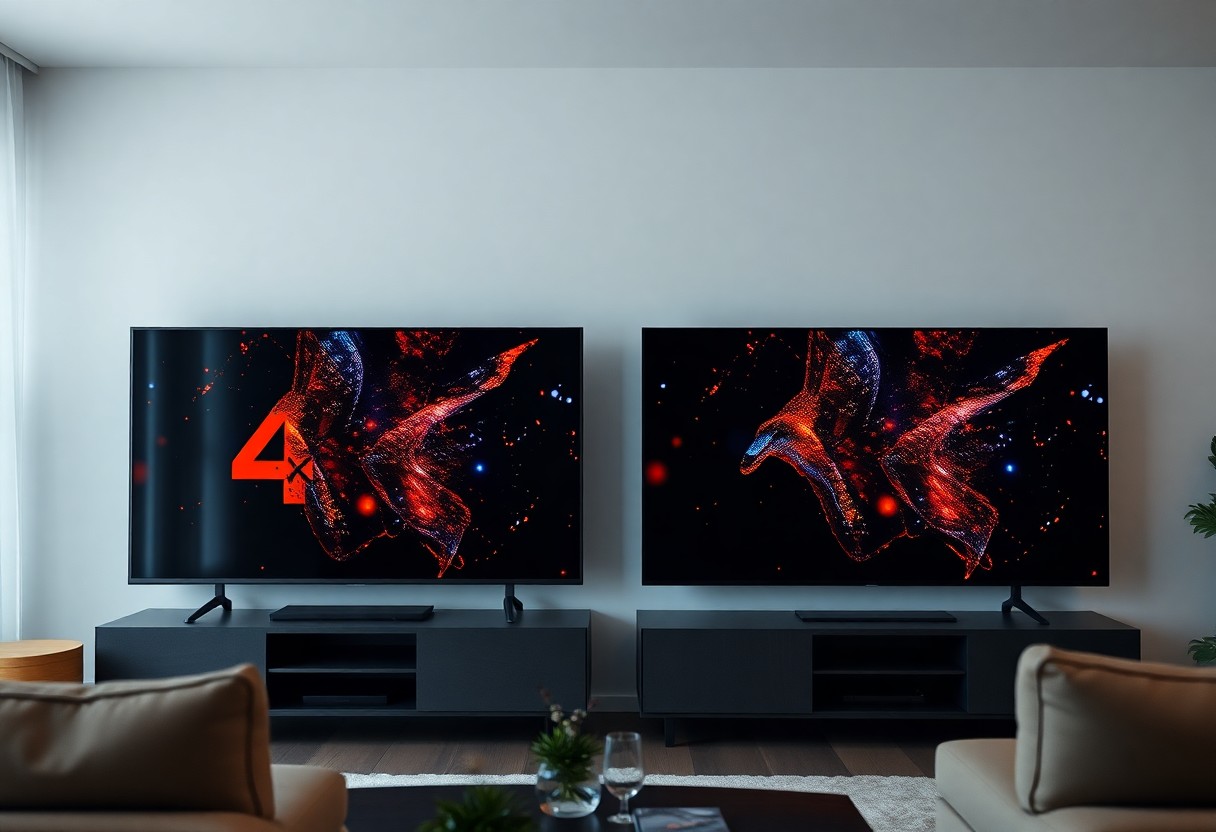
The Importance of Other Factors
Many people focus solely on resolution when choosing a TV, but there are various other elements that significantly affect your viewing experience. Consider aspects like:
- Screen Size
- Viewing Distance
- HDR and Color Accuracy
- Refresh Rate
Any of these factors can enhance or diminish the quality of your display, impacting how much you enjoy your favorite shows and movies.
Screen Size and Viewing Distance
On choosing the perfect screen size, it’s vital to consider your viewing distance. Larger screens can provide an immersive experience, especially when you sit closer, while smaller screens may be better suited for compact spaces. Factors like room layout and your personal preferences will guide your decision.
HDR and Color Accuracy
Any discussion about TV quality must include HDR and color accuracy, which profoundly affect your picture quality. High Dynamic Range enables a wider range of brightness and greater detail, whilst color accuracy ensures you see vivid and true-to-life colors in your content.
Viewing HDR content on a TV with excellent color accuracy allows you to appreciate the depth and richness of scenes, bringing them to life like never before. The combination of these features elevates your viewing experience, making it significantly more enjoyable whether you’re watching action sequences or subtle drama. This is particularly evident in well-produced movies and shows that utilize these technologies to their fullest potential.
Making the Right Choice
Not every household will benefit equally from upgrading to 8K, especially if you’re using a smaller screen or sitting at a distance that diminishes the difference in resolution. Your decision should factor in viewing habits, screen size, and content availability, ensuring the investment aligns with your specific needs.
Considerations for Purchase
Behind each choice you make, consider the types of content you enjoy and how often it offers the resolutions you’re contemplating. While both 4K and 8K are impressive, 4K content is currently more prevalent, which might influence your decision if immediate access to high-quality visuals is vital for you.
Long-Term Value and Longevity
To ensure your investment pays off, consider how long you plan to keep the television and the lifespan of available content. Towards the future, 8K may become more mainstream, but for now, 4K offers an abundance of viewing options that cater to today’s demands.
Value lies not only in the present technology but also in future-proofing your entertainment setup. Investing in an 8K television can be seen as a long-term strategy, as resolution standards evolve and content becomes increasingly available. However, if your viewing habits are primarily based on 4K content and the overall experience meets your expectations, opting for a high-quality 4K set may provide a more satisfying balance of performance and value in the meantime.
To wrap up
To wrap up, understanding the differences between 4K and 8K resolution is necessary for making informed choices about your viewing experience. While 8K offers higher pixel density and enhanced detail, it’s important to consider the content available and the size of your screen in relation to your viewing distance. You should assess your preferences and needs, as factors like image quality, budget, and future-proofing also play significant roles in your decision-making process. Ultimately, choosing the right resolution will enhance your enjoyment of your favorite shows and movies.

